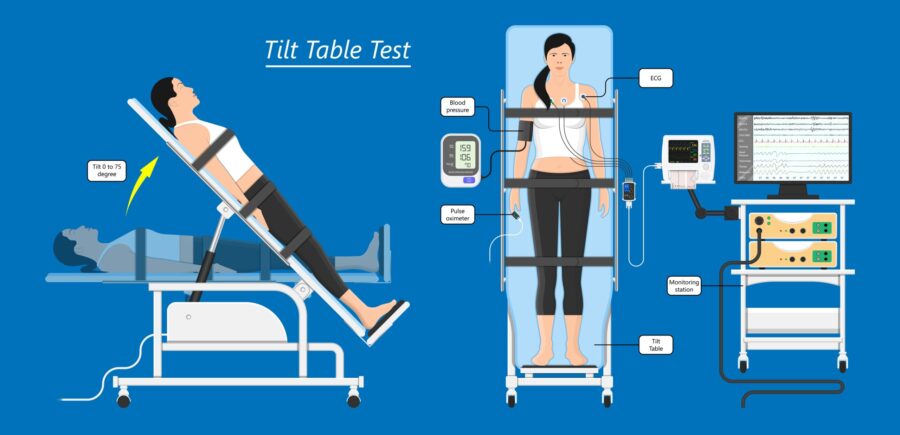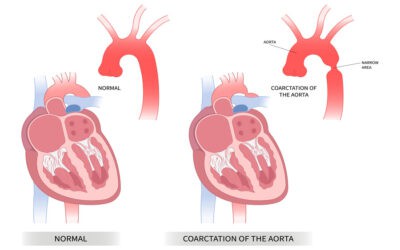The medical field is characterized by a plethora of tests and procedures designed to diagnose various conditions and symptoms. One simple yet crucial diagnostic tool is the tilt table test, often used to identify the causes of fainting (syncope) or lightheadedness. This comprehensive article will delve into the details of tilt table testing, from its purpose to its execution, and even its implications for patient care.
Understanding Tilt Table Testing
A tilt table test is a diagnostic procedure often used in cardiology and neurology. During this test, the patient is securely strapped to a table, which is mechanically controlled to tilt to different angles. The principle behind the tilt table test lies in the simulation of the process of standing up, challenging the body’s cardiovascular system and nervous systems to respond to the change in posture and gravitational stress. This response can provide invaluable insights into the dynamics of a patient’s blood pressure and heart rate, ultimately helping to identify why unexplained fainting or near-fainting episodes occur.
This simple procedure can reveal a lot about a patient’s autonomic nervous system, which controls involuntary actions like heart rate, blood pressure, and blood flow. If the autonomic nervous system doesn’t respond as expected during the test, it may explain the patient’s symptoms.
Why Doctors Recommend Tilt Table Testing
Tilt table testing has its specific place in the diagnostic arsenal of medical practitioners. It is often recommended when a patient has recurrent episodes of unexplained fainting or near-fainting, also known as syncope or presyncope. Fainting can have various causes, ranging from benign to severe. Therefore, identifying the exact cause is essential to provide appropriate treatment.
Tilt table testing is particularly useful when trying to diagnose conditions like orthostatic hypotension (a form of low blood pressure that happens when you stand up from sitting or lying down) or vasovagal syncope (sudden fainting due to a drop in heart rate and blood pressure).
Furthermore, if a patient’s fainting spells are suspected to be related to a cardiac condition, tilt table testing can be a crucial part of the diagnostic process. The test can also assess the likelihood of future fainting episodes, helping to guide management and treatment strategies.
The Tilt Table Testing Procedure
Despite the valuable information it provides, a tilt table test is a straightforward procedure. After arriving at the clinic or hospital, the patient is guided to a special table equipped with safety straps. These straps help secure the patient during the tilting process, ensuring they won’t slide or fall when the table’s angle is adjusted.
The patient starts by lying flat on the table. A nurse or technician will then connect the patient to various monitoring devices. These devices typically include an electrocardiogram to monitor heart rhythm and a blood pressure monitor to measure blood pressure throughout the test. Sometimes, a pulse oximeter might be used to measure the oxygen saturation in the blood.
Once the baseline measurements are recorded, the table is then tilted to raise the patient’s body to a head-up position, simulating the process of standing up. The angle of tilt can vary but is often between 60 to 80 degrees.
During the tilt, the patient’s blood pressure, pulse, and symptoms are continuously monitored. The patient is also repeatedly asked about symptoms like dizziness, nausea, sweating, or faintness. The test will continue until the patient faints or experiences near-fainting symptoms, or for a predetermined length of time if no symptoms occur.
Life After a Tilt Table Test
Post-procedure, patients are usually allowed to return to their normal activities. It’s common to feel a bit lightheaded immediately after the test, especially if fainting or near-fainting occurred. Therefore, patients are typically advised to rest until they feel fully recovered, which usually takes only a few hours. The doctor will provide specific instructions based on the test results and the patient’s overall health condition.
Interpreting the Results
The interpretation of the tilt table test results is typically done by a cardiologist or neurologist. The doctor will evaluate the changes in heart rate and blood pressure during the tilt, as well as the onset of any symptoms.
If the patient faints or experiences symptoms of lightheadedness or dizziness during the test, and these symptoms are accompanied by a drop in blood pressure or heart rate, the test is considered positive. This result might indicate a condition like vasovagal syncope or orthostatic hypotension.
However, a negative test does not necessarily rule out all forms of dysautonomia or cardiac syncope. It simply means that the body responded normally to the change in position during the test. Therefore, further testing may be needed to identify the cause of the patient’s symptoms.
In summary, a tilt table test is a critical tool in diagnosing conditions that cause fainting or lightheadedness. It’s a simple, non-invasive, and safe procedure that can provide significant insights into how the patient’s cardiovascular system responds to changes in body position. Understanding the tilt table test, its purpose, and its process can help patients feel more comfortable about undergoing this diagnostic procedure. As always, any questions or concerns should be discussed with a healthcare provider.









